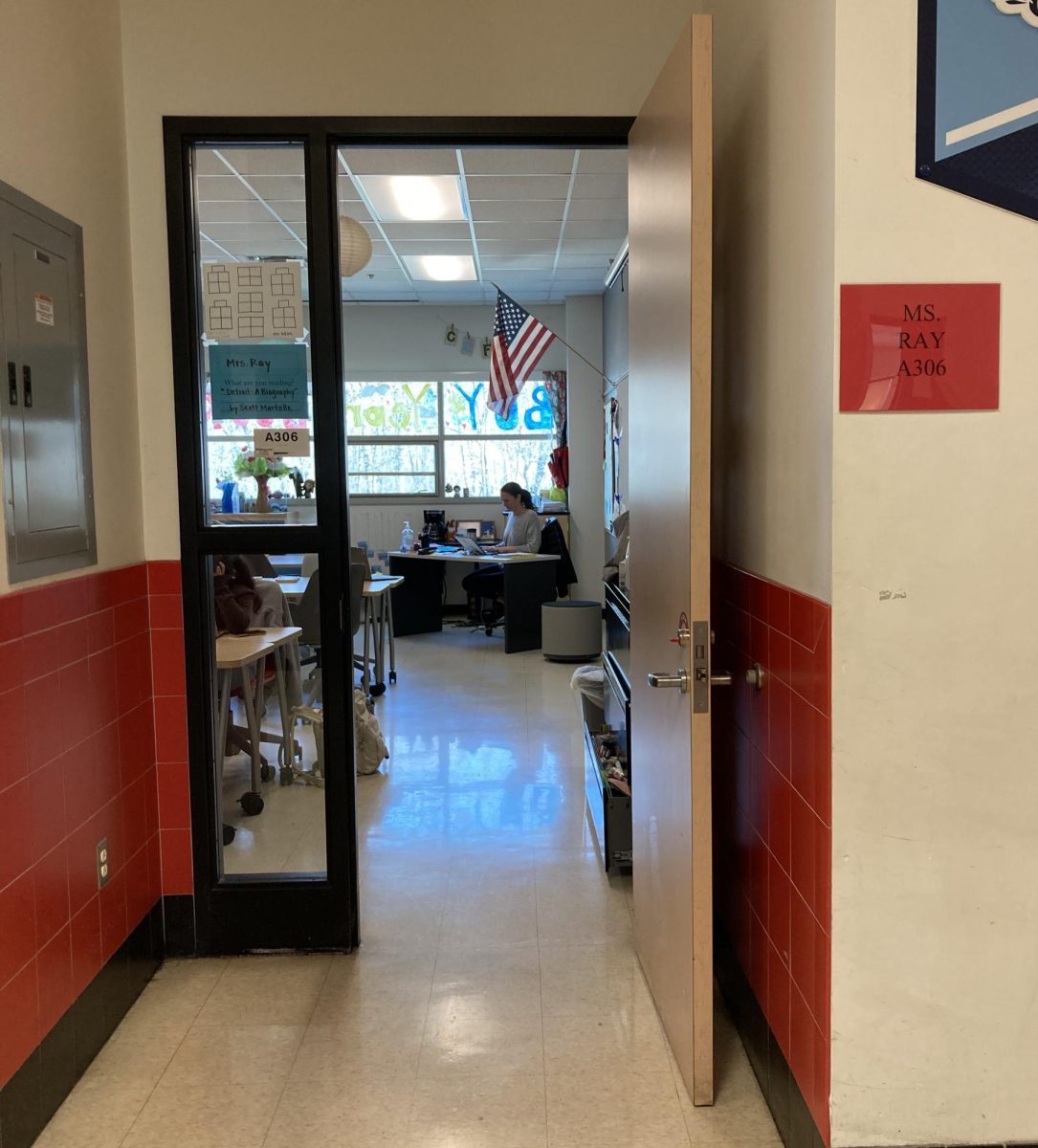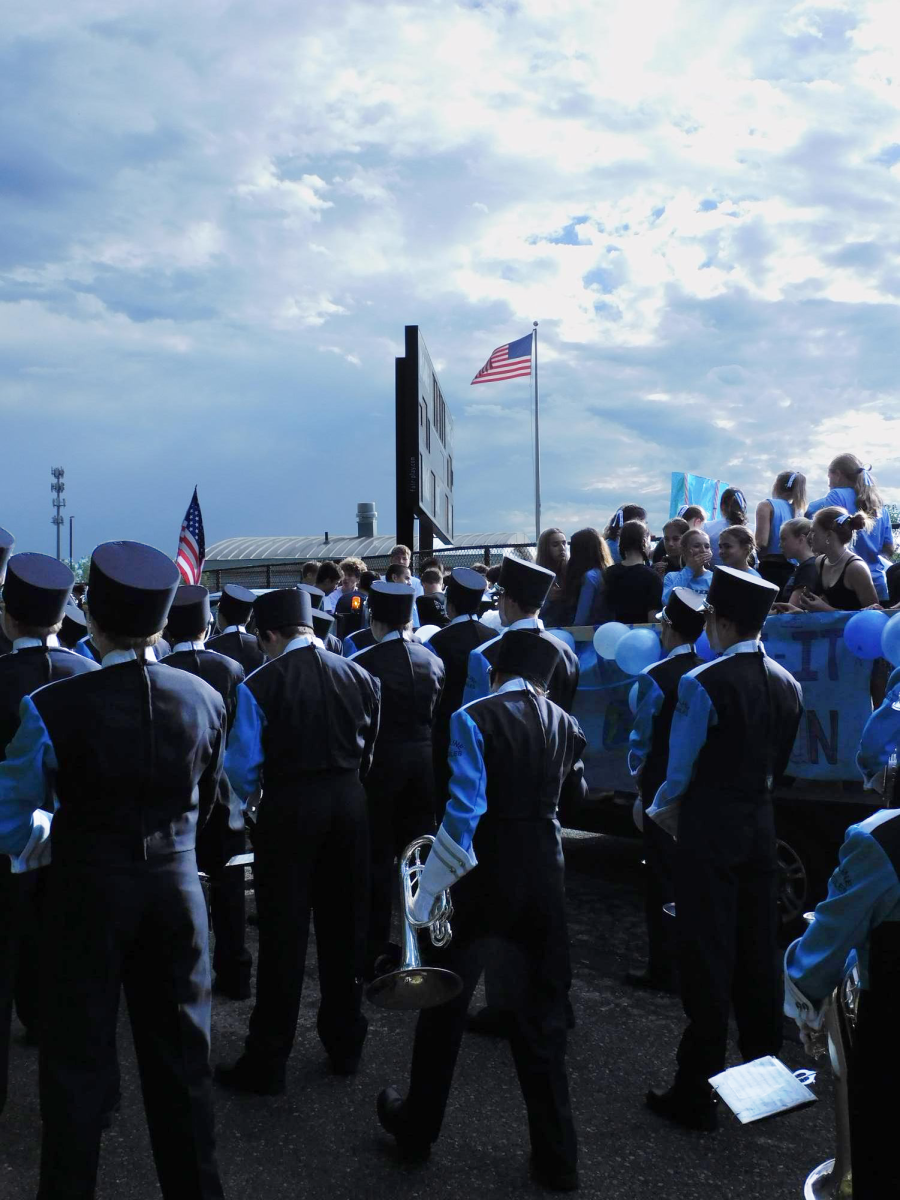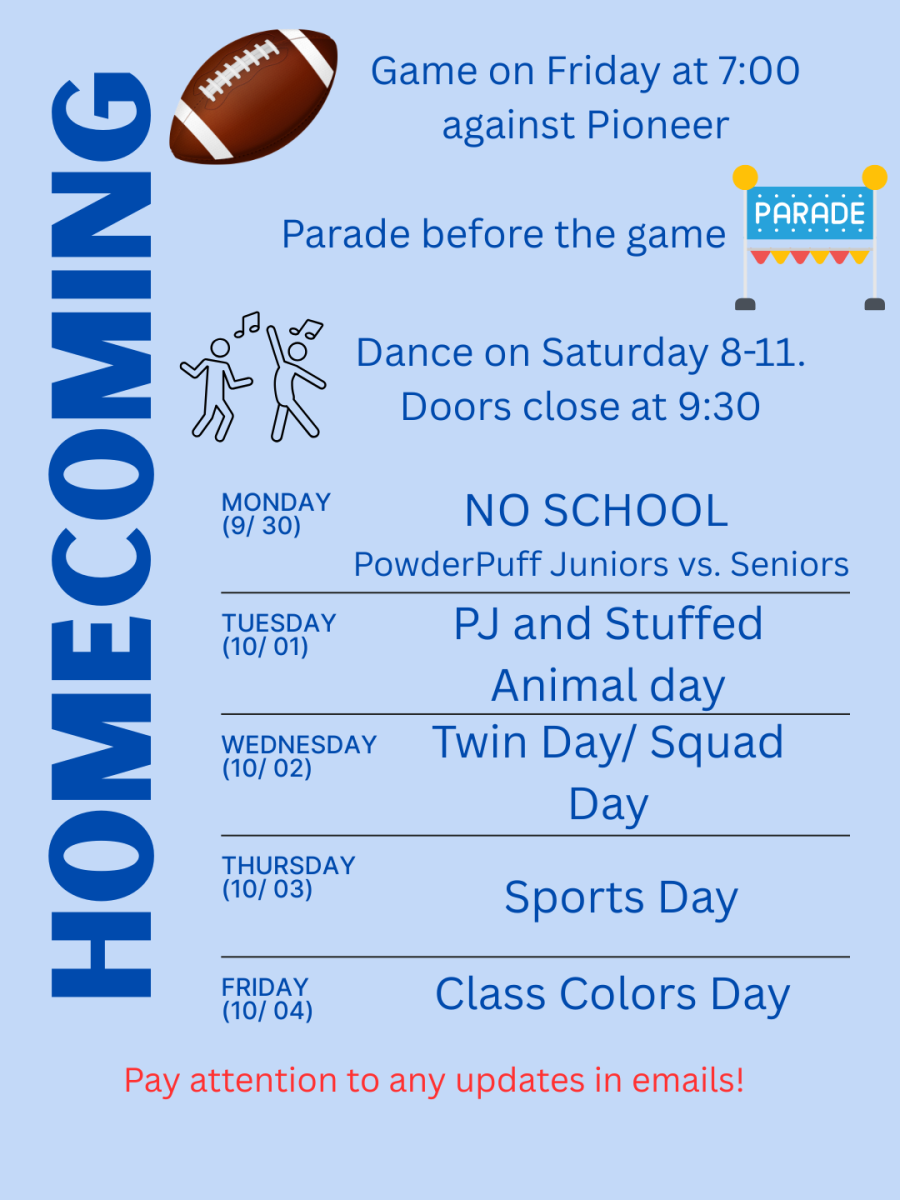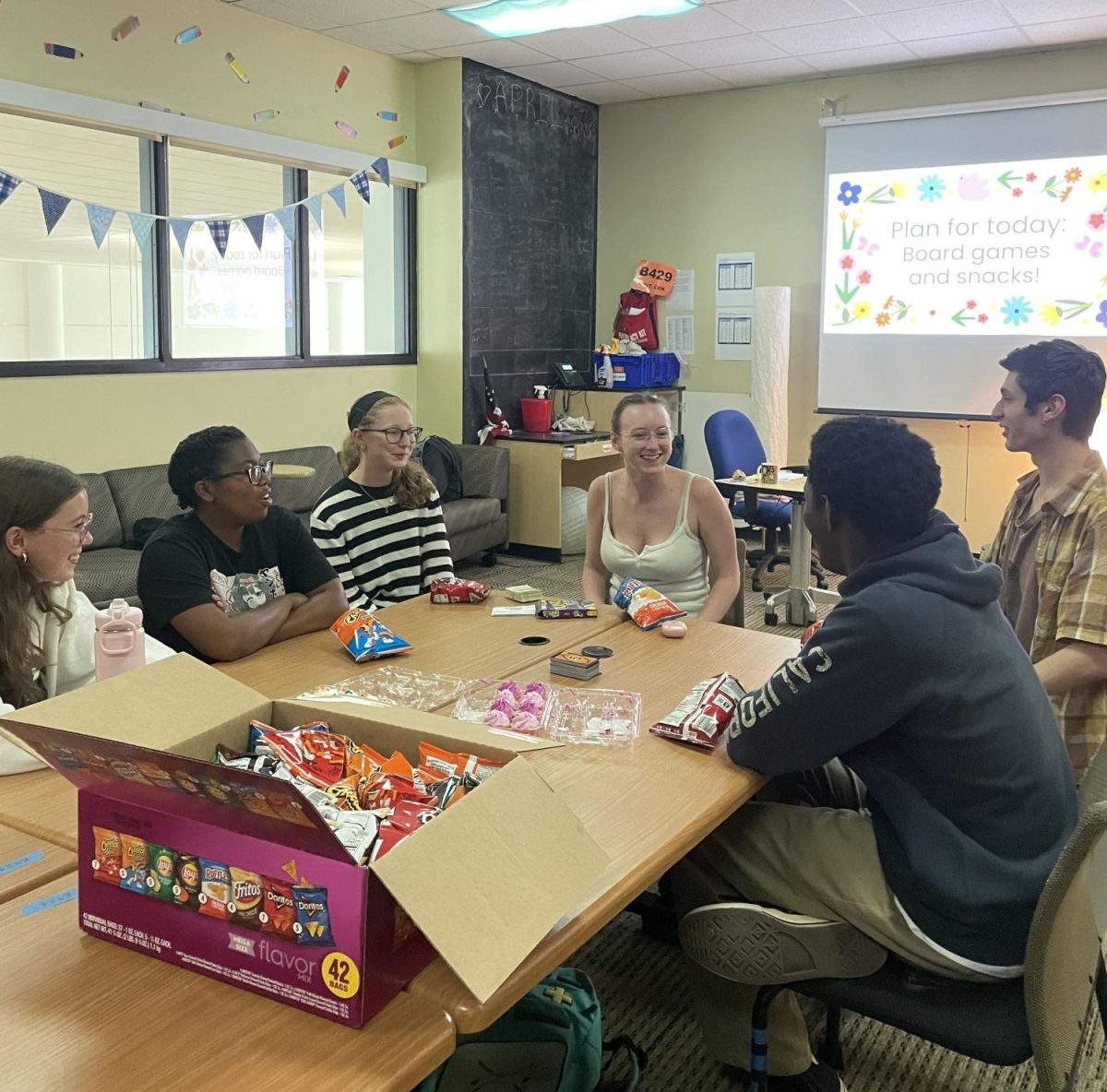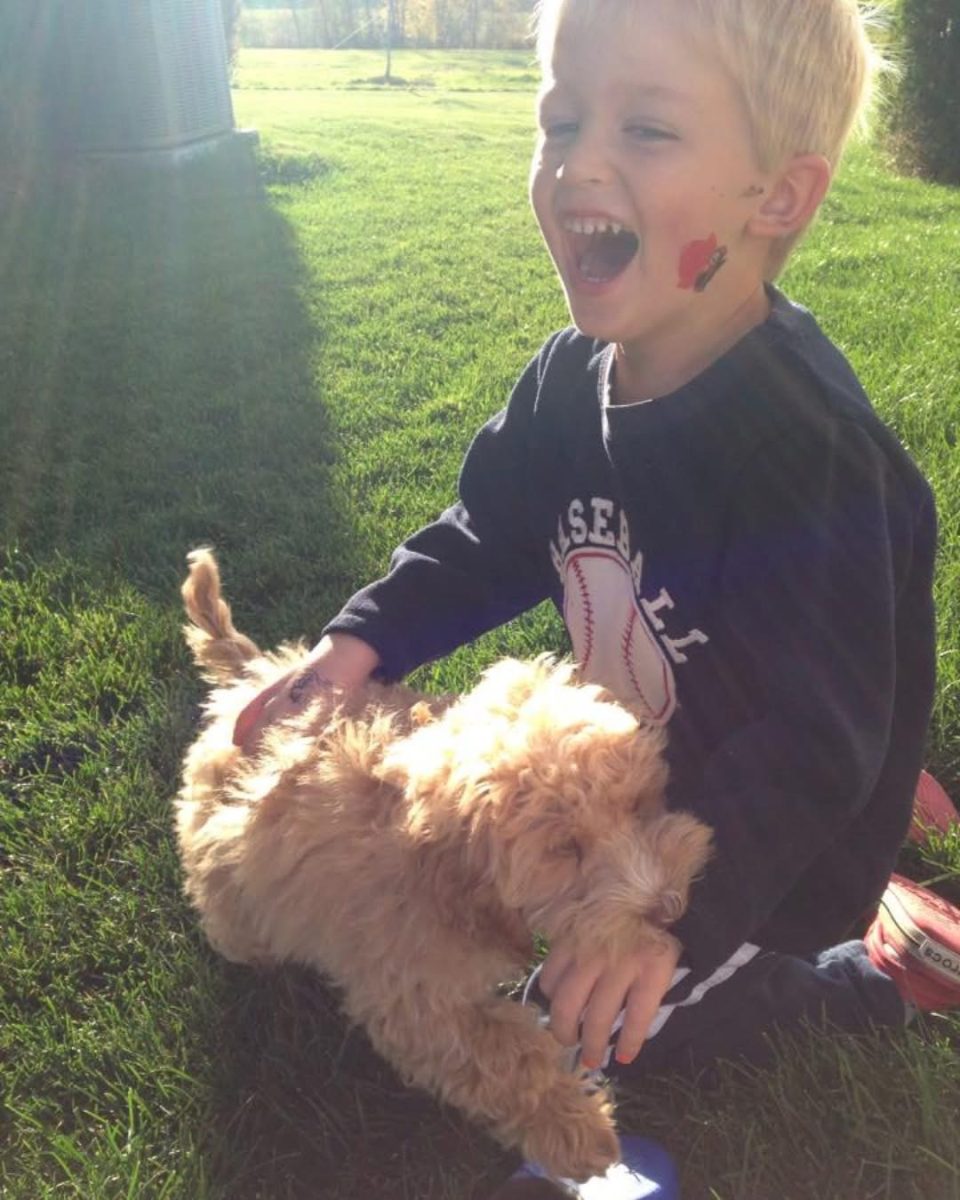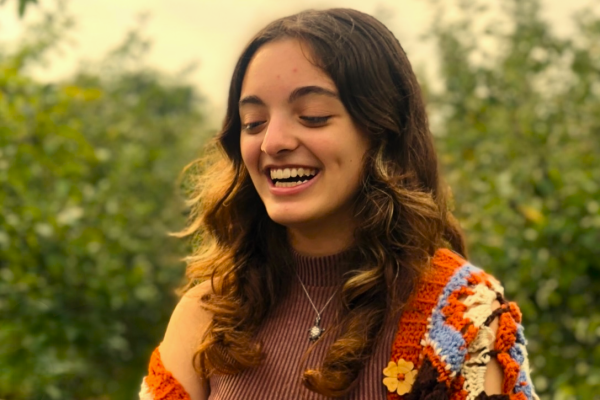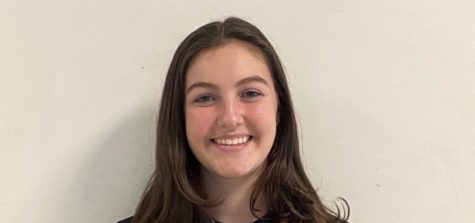Stepping into Room A306, busy hands clatter away at laptop keyboards as yearbook staff chatter in hushed voices. With over 70 clubs and sports teams at Skyline, the staff has lots of ground to cover every school year.
“One of our big goals as a staff is to get what we call ‘three times coverage,’ where every kid in this building is covered at least three times,” explains Yearbook Advisor and English teacher Brittany Ray. This year, the yearbook has broken new records with its extensive coverage. Right now, “60% of the student body is at three times, and that’s the most we’ve ever had.”
The toil, time, and tears put into the production of the yearbook is a year-round labor of love. “If [there’s a] club that someone cares deeply about and they’re not covered, that’s not good,” says one of the Editors-in-Chief, Mira Wroten (‘25). “As editors in chief, we need to make sure that everyone’s included.”
Some editors specialize in particular steps of the process, such as design, coverage, photography, and copywriting. The editors-in-chief “…do all that, and more, like keep Ray sane,” explains Wroten. The editors-in-chief also take charge of keeping tabs on progress, making sure deadlines are reached, and finishing incomplete pages. “Overall,” says Editor-in-Chief Ronak Ailawadi (‘25), “just [making] the book cohesive.”
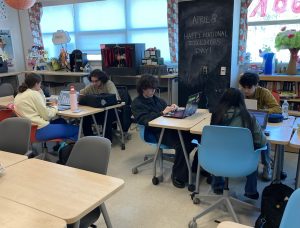
In the first trimester, staff learn the ropes of yearbook production and the Jostens software used to produce the yearbook. “We do units on design and units on copy [writing] and units on photography,” says Ray.
The majority of the yearbook’s content is created during second trimester. Every yearbook staff member learns every step of creating a page and is responsible for the full process of their assigned pages. Ray explains, “We try to assign students to pages based on their interests.” Coverage is more efficient when students already have access to information about their assigned events or are members of a team.
When designing the templates for the book’s pages, the yearbook staff experiment with balancing images and text to make visually appealing layouts. “[We] usually go with a big, dominant photo to draw the eye,” says Wroten. “Then we use smaller photos around that, to bring the eye around. We call it a pinwheel effect.”
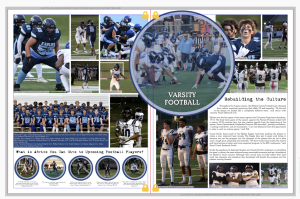
The staff goes from designing the page layouts to working on revisions in the matter of a few months. In between, they interview students, take photos, and write the copy. Copy is the term used for all of the text on a page, including headlines, feature stories, captions, and quick reads. After, it’s edited by copy editors. “I like writing and editing the cover stories,” says Ailawadi. “I’ve always loved writing.”
During this stage, the photography editors also make adjustments to photos. “Everyone has to take pictures, and I just look at them,” says Photography Editor Bodhi Loftus (‘25). “Make sure they’re in frame or centered, or they need to be brightened or darkened, and make sure all the photos have harmony.” Besides editing photos, the photo editors also take pictures of events when other staff are unable to. “It’s really fun…it doesn’t really feel like a job.”
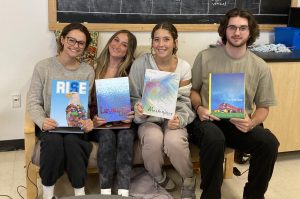
The yearbook goes to print in March by the end of second trimester and is passed out in mid-May. “Then we do a spring supplement third trimester, which is that insert that goes in the back of the book,” says Ray. The spring supplement is printed with an adherent strip, fitted to fasten to the rest of the yearbook for convenience.
The beginning of third trimester is spent preparing for next year’s design, as yearbook staff “…design a cover and do a few sample double page spreads, quick reads, [and] sidebars that go into the yearbook,” explains Ray. Afterwards, they each present their concept to the class and vote. “[The highest-ranking one] becomes the theme concept for next year’s book.”

Yearbook staff will be in Room C210 passing out yearbooks during both early and late lunch for the next two weeks. Spring supplements will be distributed at a later date.

